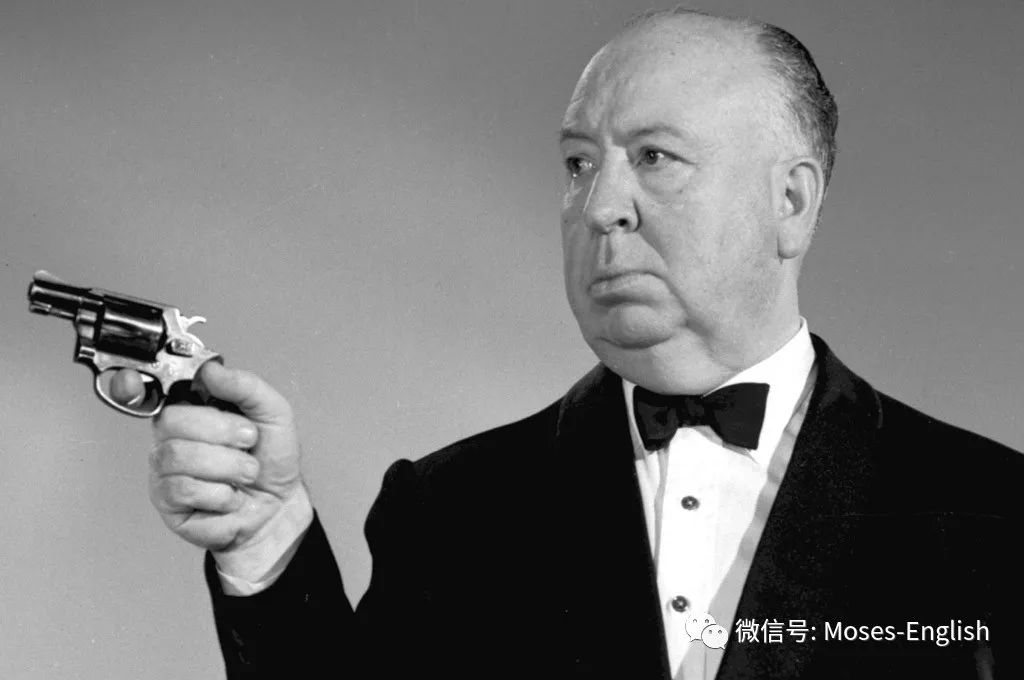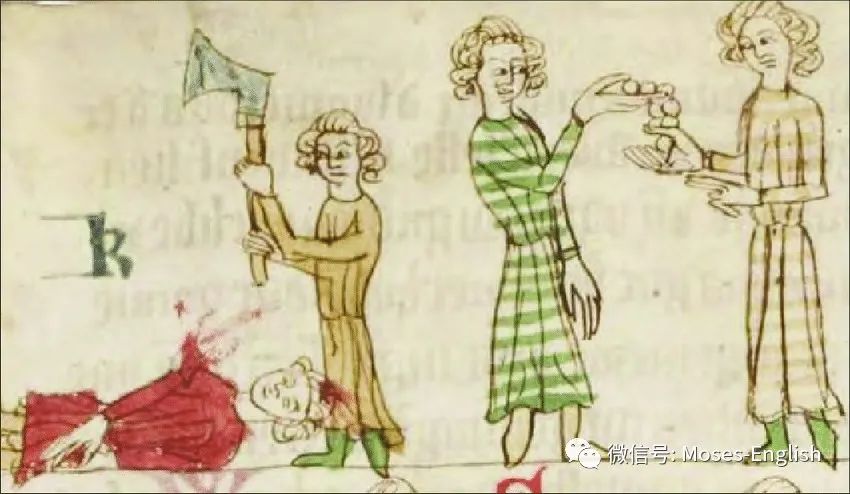最近看到牛津大学出版社1997年出版的一本书,题目是The Deer and the Cauldron,作者是Louis Cha,译者是John Minford。这位译者,虽不认识,却很熟悉,因为读过他和David Hawkes合译的The Story of the Stone(《红楼梦》)。我还知道他在香港理工大学任教。但我没有想到他又将这本书译成了英文,把书打开一看,我立刻被那流畅的译文吸引住了,句句都是地道的英文。于是我就想去找一本中文原文,对照着学一下,一定会提高自己的翻译能力。
中文本很快就找到了。那不是别的书,正是鼎鼎大名的金庸所著的《鹿鼎记》。
这时我脑子里就产生了一个问题,译者是怎样把这地道的中文变成地道的英文的呢?可能你对这个问题也感兴趣。那我们就一起从头读一读吧。
选段一
北风如刀,满地冰霜。
江南近海滨的一条大路上,一队清兵手执刀枪,押着七辆囚车,冲风冒寒,向北而行。
前面三辆囚车中分别监禁的是三个男子,都作书生打扮,一个是白发老者,两个是中年人。后面四辆中坐的是女子,最后一辆囚车中是个少妇,怀中抱着个女婴。女婴啼哭不休。她母亲温言相呵,女婴只是大哭。囚车旁一名清兵恼了,伸腿在车上踢了一脚,喝道再哭,再哭!老子踢死你!”那女婴一惊,哭得更加响了。
Along a coastal road somewhere south of the Yangtze River, a detachment of soldiers, each of them armed with a halberd, was escorting a line of seven prison carts, trudging northwards in the teeth of a bitter wind.① In each of the first three carts a single male prisoner was caged, identifiable by his dress as a member of the scholar class. One was a white-haired old man. The other two were men of middle years. The four rear carts were occupied by women, the last of them by a young mother holding a baby girl at her breast. The little girl was crying in a continuous wail which her mother’s gentle words of comfort were powerless to console.② One of the soldiers marching alongside, irritated by the baby’s crying, aimed a mighty kick at the cart.③
“Stop it! Shut up! Or I’ll really give you something to cry about!”
The baby, startled by this sudden violence, cried even louder.④

学习笔记
注释①:原文第1段只有一句话,而且很短,但里面包含两个分句, 讲的都是自然条件。作者的意图大概是借以烘托气氛吧。这一段,译者没有单独处理,而是把它揉在下面一句话里,其中有in the teeth of a bitter wind,放在句末。至于他为什么这样处理,我也说不好。我想也许是外国人写书喜欢开门见山,于是我就找了几本书看了看。
It was late evening when K. arrived. The village lay under deep snow. There was no sign of the Castle hill, fog and darkness surrounded it, not even the faintest gleam of light suggested the large Castle. (Franz Kafka, The Castle)
I had a farm in Africa, at the foot of the Ngong Hills. The Equator runs across these highlands, a hundred miles to the North, and the farm lay at an altitude of over six thousand feet. (Isak Dinesen, Out of Africa)
On they went, singing “Rest Eternal,” and whenever they stopped, their feet, the horses, and the gusts of wind seemed to carry on their singing. (Boris Pasternak, Dr. Zhivago)
这三个例子选自不同的欧洲国家的文学作品,但都是先说什么人做什么事,然后再说周围的环境。这也算是个参考吧。
原文第2段也只有一句话。主语是“一队清兵”,后接四个并列谓语,其中最主要的应该是“押着七辆囚车”。译文就突出了这一点,用句子的主要动词来表示,译作was escorting a line of seven prison carts。“手执刀枪”译作同位语加分词短语,即each of them armed with a halberd,语法家可能管这种结构叫“独立结构”。“向北而行”译作分词短语trudging northwards。“冲风冒寒”译作介词短语in the teeth of a bitter wind,作状语。总之,原文是并列结构,译成英文成了主从结构。
注释②:这句译文的原文是两个句子,先说女婴啼哭,接着说母亲温言相呵,最后又说女婴大哭。因此,说原文用了三个并列的主谓结构也未尝不可。译文用了一个which引导的宾语从句,这就避免了重复一个“哭”字,也避免了连续更换主语的毛病。译文用的console一词,非常之妙,将母女之情表现得淋漓尽致。我们可能会用stop,那就大为逊色了。
注释③:这一句的原文,主语是“一名清兵”,后带三个并列谓语,其中最主要的是“踢了一脚”。译者就把第一个谓语译作分词短语irritated by the baby’s crying。下面的引语,译文另起一段,“喝道”二字也就不一定译了。此外,“囚车旁”译得很妙。若是静止状态,可译作beside the cart,但此处说的是车队行进中的情况,故译作marching alongside,这样译,也免得重复cart一词。
注释④:这一句的原文,主语是“女婴”,后接两个并列谓语。译者又把第一个谓语译作分词短语startled by this sudden violence,整个 句子紧凑而生动。细想一下,此句中的“一惊”,和前面一句中的“恼了”,都表示原因,和后面的动作有因果关系,因此译为分词短语是十分恰当的。这句译文如用并列结构,译作“The baby was startled by this sudden violence and cried even louder.”,就逊色多了。
此外还有一点值得注意。原文第3段后半段,“女婴”一词先后 出现四次。译文用了a baby girl、the little girl和the baby等三种译法。中文“女婴”一词只有两个字,两个音节,重复几次,不觉得有何不妥。英文则不行,a baby girl、the baby girl,重复起来,就觉得受不 了。可见替代之法(substitution)在这里还是有用的。
以上内容整理自《翻译漫谈》,作者是北京外国语大学英语教授庄绎传。





